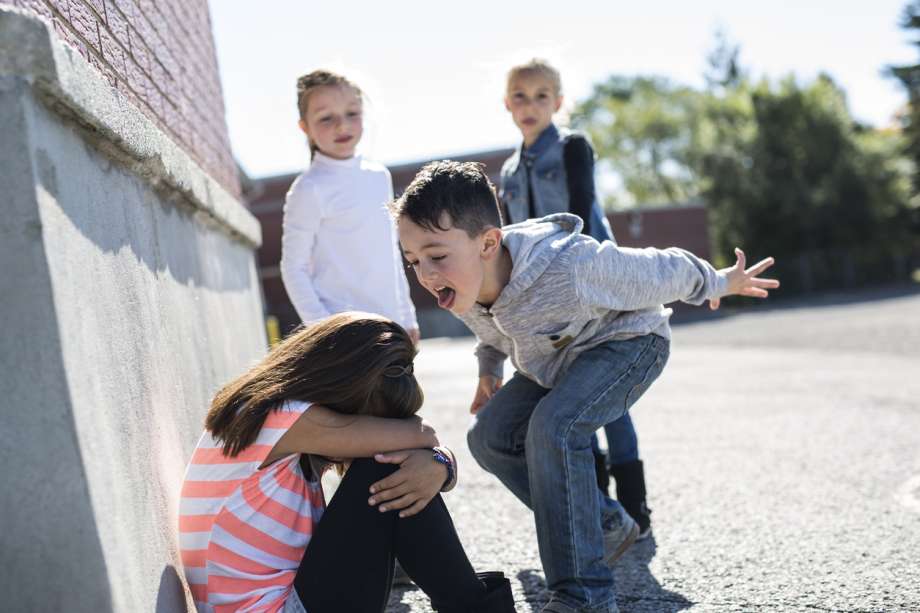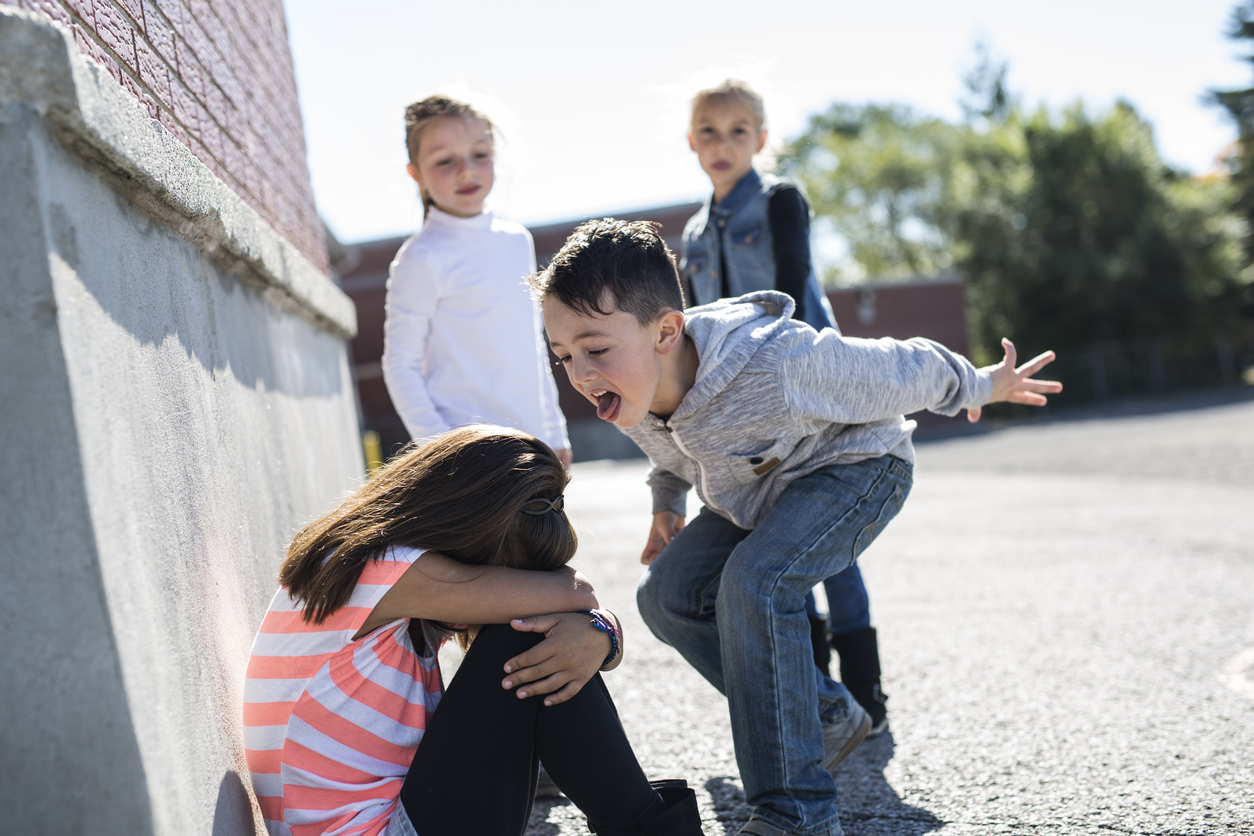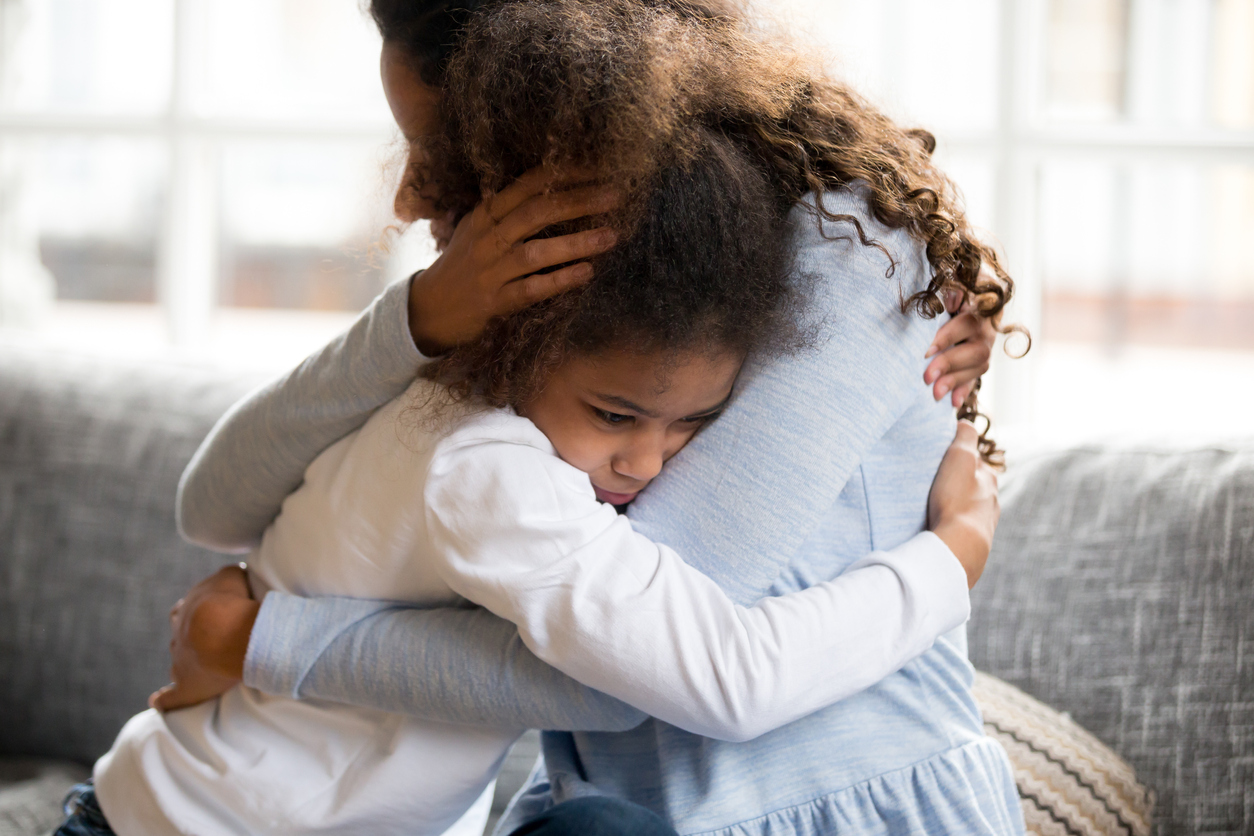Signs Your Kid is a Bully: How to Stop Your Child Bullying Others

Did you know that 90% of all students in grades 4-8 have been victims of bullying or harassment? If that wasn’t startling enough, statistics show that more than 160,000 kids are afraid to go to school every day for fear of being bullied.
Numbers like those demonstrate just how big of a problem bullying behavior is among children. This is why it’s important to be able to notice the warning signs of when children bully and to work to stop bullying.
Related: 11 Children’s Books About Bullying, Teasing, and Empathy
We’re going to take a look at signs your child is bullying as well as how to stop it from happening.
Signs of Bullying in Your Own Children
No parent likes to admit that their children are responsible for bullying behavior. But it happens and having the “not my child” approach is not going to stop your child’s behavior.
Knowing some of the warning signs that your child is a bully is the first step in bullying prevention. Here are several things to keep an eye out for:
- Always wanting to dominate and control others
- Showing aggressive behavior towards parents, teachers, and other adults
- Easily frustrated
- Impulsive behavior
- Frequently tests boundaries and limits
- Has positive views toward violence
- Gets into physical or verbal arguments
- Lacks empathy towards others
- Acting out in school and exhibiting behavior problems
If you notice any of these behaviors in your child, they could be warning signs that your child is bullying others. If that’s the case, it’s important to know that there are different types of bullying that your child could be involved in. Many times, parents are unaware their child is bullying because they don’t know about the different forms.
Types of Bullying

When you suspect that your child is being a bully, they may be responsible for one or more different kinds of bullying. These can include:
Physical Bullying
When there is physical bullying, a bullying incident can consist of kicking, hitting, biting, hair pulling, etc. If your child is guilty of physical bullying, they may threaten to punch another child if they don’t give in to their demands.
Verbal Bullying
This type of bullying can include name-calling, spreading rumors, or teasing other children.
Emotional Bullying
This type of bullying involves excluding other kids from activities which can result in low self-esteem.
Cyberbullying
Cyberbullying involves threatening, harassing, or humiliating another child using electronic means. This can often be done over social media or through text messages. If your child has a cell phone, it’s important to know what they’re doing on it and to check their messages and history regularly, especially if you suspect they are bullying others.
Sexual Bullying or Sexual Assault
Any unwanted physical contact or abusive comments may be considered sexual bullying.
Racist Bullying and Discrimination
This can include racial slurs, making offensive gestures, or any action that mocks someone else’s culture.
No matter what type of bullying your child could be responsible for, it’s important to take action to stop it as soon as you know it’s going on.
How to Stop Your Child from Being a Bully

If you know your child is being a bully, the first thing you should do to stop their bullying behavior is to take it seriously. Too often parents brush off the behavior as “kids being kids” when in reality, children are being seriously hurt physically, emotionally, or both.
When you take bullying seriously, there are several things you can do to encourage your child to stop their behavior.
1 Talk with Them Openly and Honestly
Start with an honest conversation, asking them why they are doing what they’re doing. Some children bully when they’re mad, upset, or are trying to deal with a situation they can’t seem to handle. Knowing why they are bullying can help to deal with underlying issues that you may not have realized.
Part of this conversation should also include talking about what it feels like to be bullied. Reverse the table and ask how they would feel if they were the victim. Sometimes, this can encourage young children to stop what they’re doing.
2 Teach Empathy at Home
Some children bully others because they are unaware of their feelings. Try to help your child understand how other people feel and how their actions are not promoting positive feelings.
3 Set Consequences for Bullying
As a parent, you need to set consequences for bullying and follow through on them. Decide what will happen if your child continues to bully others. If they continue to bully, follow through with whatever consequence you put in place. Whether it’s taking away a device or grounding a teenager, be sure they know that bullying will not be tolerated.
4 Teach by Example
We all know that children learn by example. Model positive social behaviors that show respect for others and their feelings. Help your child develop ways to resolve conflict that don’t involve bullying behavior.
5 Develop an Action Plan
Behavior can change if there’s a plan in place. Once you determine and understand the situation, it’s important to develop an action plan. This should include identifying what needs to change and how it’s going to change. If you feel as though you can’t do this on your own, enlist the help of a teacher, doctor, or therapist. Sometimes an outside party can look at the situation with a fresh set of eyes and come up with a plan to change things.
Teaching Your Children About Anti-Bullying

As you work on ways to stop your child from bullying others, there are many resources available to help you along the way.
There are YouTube videos about bullying and cyberbullying to teach kids why it’s wrong and why they shouldn’t do it.
Several books are also available to teach children of all ages about bullying and its dangers. Amazon’s best sellers in children’s books on bullying are a good place to start if you’re looking for appropriate books.
There are also several online resources to help teach children about anti-bullying. These include:
- Stopbullying.gov
- PACER’S National Bullying Prevention Center
- National Runaway Safeline
- The Bully Project
These are just a few of the many available resources if you’re looking for different ways to teach your children about anti-bullying.
The Bottom Line
If you suspect your child is bullying others, it’s important to take it seriously and address it as soon as you notice a problem. Realize that there are different types of bullying that your child may be involved in. Talk to your child about why they’re bullying and develop an action plan that involves setting consequences for their actions.

